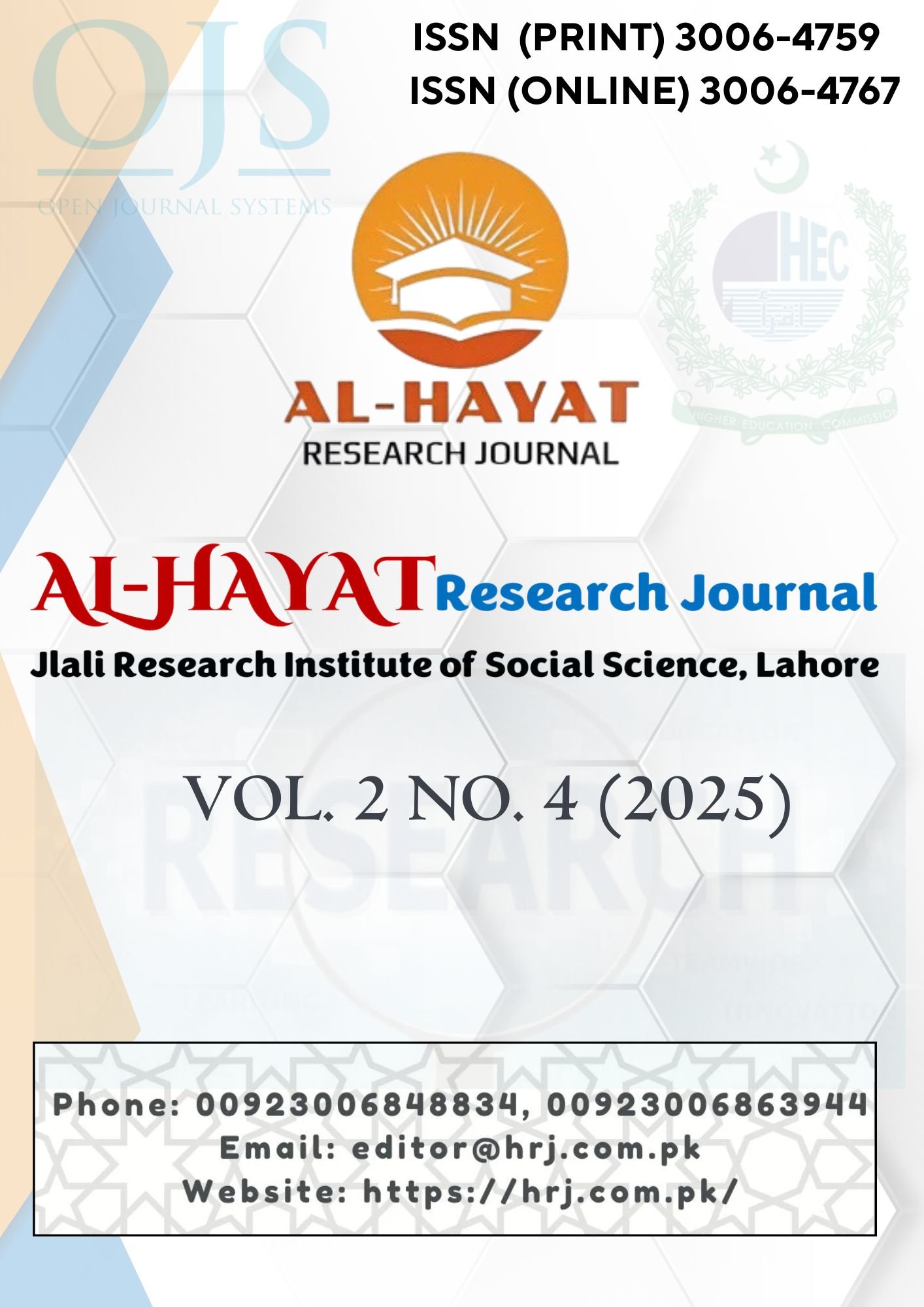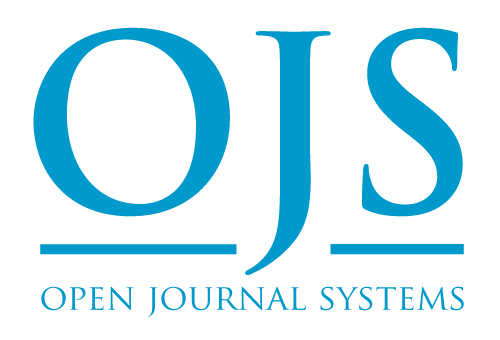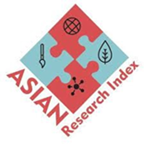A Historical Review of the Places of Prostration (Sujood) of the Prophet Muhammad (ﷺ)
DOI:
https://doi.org/10.5281/Keywords:
Prophetic Prostration, Sacred Places of Prostration, Seerah of the Prophet (PBUH), Historical and Spiritual Analysis, Prophetic Heritage SitesAbstract
This research paper provides a comprehensive historical review of the Places of Prostration (Maqāmāt-e-Sajdah) associated with the Holy Prophet Muhammad (Peace Be Upon Him). Prostration (Sajdah) in Islam symbolizes the ultimate expression of servitude, humility, and spiritual closeness to Allah Almighty. The Prophet (PBUH), throughout his blessed life, performed prostrations at various locations in Makkah, Madinah, and during the sacred rituals of Hajj, each of which later attained immense religious and spiritual significance in Islamic history. These places, including the Cave of Hira, Masjid al-Haram, Masjid Quba, Masjid al-Qiblatain, Masjid al-Fath, Masjid al-Khaif, and others, became enduring symbols of devotion and piety for the Muslim Ummah. The study draws upon authentic historical sources, Hadith literature, and early biographical accounts to trace the historical background and significance of these sacred sites. It further examines how these places of prostration reflect the broader themes of Islamic spirituality, humility, and divine submission that defined the Prophet’s life and mission. The research argues that the Prophet’s act of prostration transcended mere physical worship; it embodied a moral, spiritual, and communal message—one of unity, gratitude, and surrender before the Creator. By analyzing the historical and spiritual dimensions of these locations, this paper highlights how the Sajdah of the Prophet (PBUH) served as a model of devotion for all believers and as a living manifestation of the Qur’anic principle of “Wasjud waqtarib” (“Prostrate and draw near [to your Lord]”). The findings suggest that preserving and studying these sacred sites not only deepens our understanding of the Prophet’s Seerah but also reinforces the spiritual foundations of the Muslim Ummah.
Downloads
Published
Issue
Section
License
Copyright (c) 2025 AL-HAYAT Research Journal (AHRJ)

This work is licensed under a Creative Commons Attribution 4.0 International License.












